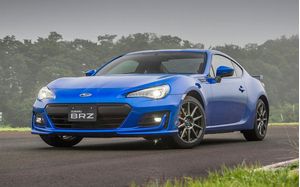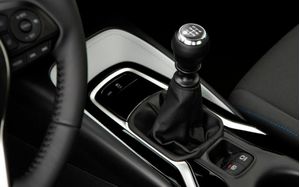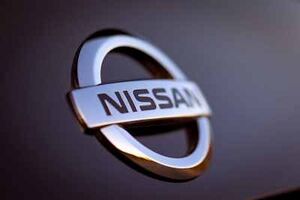RE:BUILDERS blog categories
Marketing and Sales
Automotive industry is a great field for using clever marketing techniques to drives sales. Taking notice of a good tool will help to boost even small-scale local businesses.
March and April usually are busiest for the car industry - but certainly, the coronavirus pandemic has acted as the game changer. The UK and USA have suffered a nearly 50% loss of new car sales against the March 2019 results. Big European countries - Spain, France, Italy - have seen a 70-85% decline in the sales of new cars.
The era of electric vehicles may come sooner than we expect. The research conducted by Driving.ca brought to light one remarkable fact: more Americans gave preference to EVs over models that come with manual transmissions in the Q3 of this year.
According to a recent report by S&P Global Market Intelligence, share price of BorgWarner (BW), an American worldwide automotive industry components and parts supplier, plunged by 13.7% in August. Experts assume that this disappointing figure can be associated with negative forecasts on global light vehicle production and as repercussions from a disappointing Q2 profit-and-loss report from BW.
Companies specialized in production, supply and selling of automobile parts have been enjoying a decade of consistent growth, but analytical experts assume that a wide range of negative trends such as the downturn of car sales, increasing prices for raw materials and significant expenditures on Research & Development give little ground for optimistic predictions.
In
the first half of 2019, ZF’s sales performance reached around €18.4 bln, while
the operating earnings run at approximately €650 mln. On the basis of current
financial situation in the company and unfavorable economic situation in the
automobile industry, ZF had to lower its sales and earnings predictions for
2019.
The American financial service company Morgan Stanley has recently reported that Allison Transmission, despite its stable financial performance in recent years, reaches a "vulnerable point in the cycle".
The sales volume in the U.S. car aftermarket approached $297 bln in last year, surpassing the predicted growth rate by almost $1 bln. This is according to the data released by AASA in collaboration with the Auto Care Association.
Some of the top suppliers of auto parts in Europe have seen downward trend in revenue over the last year, but Robert Bosch has been a noteworthy exception. The company’s Mobility Solutions subsidiary, which is actively involved in production of automobile elements, made a large part of company's revenue (60%) in 2018, 0.4 % growth in sales to € 47.6 bln.
According to Subaru representatives, more than 2/3 (78% to be more precise) of BRZ buyers gave preference to the 6-speed manual version.
In
recent years, the whole automobile industry has been full of talks about an
imminent end of manual transmissions. And this trend is proved by low take rates of manual models not only in the segment of traditional passenger cars, such as Toyota 86, but also in the segment of luxury cars, such as Genesis.
We continue analyzing statistics on sales figures of manual models from car manufacturers who still put hopes on manual transmissions. Now it’s VW’s turn to tell us how many admirers of the German carmaker still prefer to use gear sticks. The positions of manual models in the VW product line are still quite strong, at least when compared to the data from other automakers.
New
cars equipped with manual transmissions become more and more economically
unjustified areas of expenditures, since annual sales figures for manuals lag
significantly behind automatics and major automakers, such
as Toyota, start having doubts about the competitiveness of manuals vs.
automatics. However, Mazda's Miata still shows a decent sales statistcs.
Toyota representative Nancy Hubbell unveiled some curious figures related to sales of manual Toyota models, giving some insights on prospects of gear-sticks in the future of the automobile industry.
Recently, Nissan has reduced its annual earnings expectations to its lowest level over the past 10 years caused by weakening of its positions on the US market, partially due to quality issues with its transmissions.
Numerous studies say that the share of the global autonomous vehicle market will increase by more than 10 times from 2019 to 2026. There’s one issue of the new technology that deserves special attention: the influence of autonomous cars on auto repair shops and car maintenance services. More specifically, how repair shops of the future will adopt if driverless cars are to become the mainstream.















